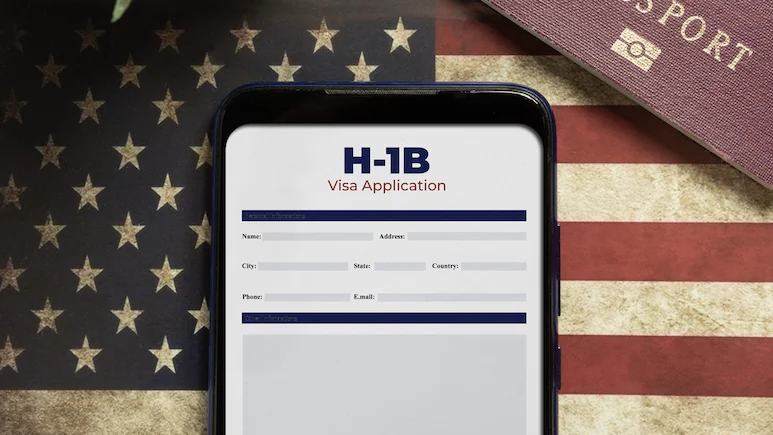A sweeping increase in U.S. visa fees is expected to accelerate the migration of high-value corporate work to India, reshaping global labour strategies and expanding the role of India’s global capability centres (GCCs).
Earlier this month, U.S. President Donald Trump raised the cost of new H-1B visa applications to $100,000, up from a previous range of $2,000 to $5,000. The unprecedented hike adds steep costs for American companies that rely on skilled foreign workers to fill critical gaps in areas such as engineering, product design, cybersecurity, and advanced analytics.
Industry experts say the move is hastening a shift already underway. India, the world’s fifth-largest economy, hosts 1,700 GCCs — more than half the global total — and has transformed from a tech support destination into a hub for innovation in fields from automotive design to drug discovery.
“GCCs are uniquely positioned for this moment. They serve as a ready in-house engine,” said Rohan Lobo, partner and GCC industry leader at Deloitte India. “Plans are already underway as U.S. firms reassess their workforce needs, particularly in finance and technology.”
The U.S. Senate has also revived legislation aimed at tightening rules for both H-1B and L-1 visas, adding uncertainty for corporations. In response, many are considering India not just as a stopgap, but as a base for strategic operations.
“There is a sense of urgency,” said Lalit Ahuja, founder and CEO of ANSR, which has helped companies including FedEx, Target, Lowe’s and Bristol-Myers Squibb establish GCCs in India. “This whole ‘gold rush’ will only get accelerated.”
Major players such as Amazon, Microsoft, Apple, Alphabet, JPMorgan Chase and Walmart — historically among the largest sponsors of H-1B visas — already have significant operations in India. Industry observers expect them to expand these centres further, though some may also look to Mexico, Colombia or Canada for additional capacity.
Ramkumar Ramamoorthy, former managing director of Cognizant India, said the pandemic proved that “key tech tasks can be done from anywhere,” opening the door to what he called “extreme offshoring” in some cases.
India’s GCC market, valued at nearly $46 billion today, was already projected to exceed 2,200 companies and $100 billion by 2030. Trump’s visa curbs, experts say, will only accelerate that trajectory.
Still, questions remain. U.S. lawmakers are also considering the HIRE Act, which would impose a 25 per cent tax on overseas outsourcing. If enacted, it could cut into India’s cost advantage and curb exports of IT and business services.
“For now, we are observing and being ready for outcomes,” said the India head of a U.S. pharmaceutical company’s GCC, noting that while the potential tax is concerning, demand for Indian-based talent remains strong.
Analysts at Nomura noted that while India’s $283-billion IT services sector could take a hit from shrinking visa-dependent revenues, “higher services exports through GCCs” could offset the damage.
With demand for artificial intelligence, digital infrastructure, and advanced analytics surging, India’s blend of skilled talent and established GCC ecosystem may prove more vital than ever to American corporations caught between rising U.S. immigration barriers and global competition.

